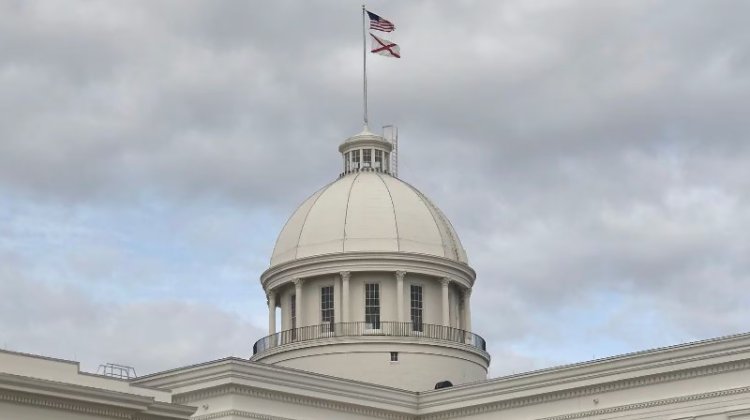Alabama's Overreliance on Federal Funds and Government Jobs: An Op-Ed
Alabama’s workforce is increasingly dominated by government employees at the federal, state, and local levels, reflecting a growing trend in government expansion funded by taxpayers.

Alabama’s workforce is increasingly dominated by government employees at the federal, state, and local levels, reflecting a growing trend in government expansion funded by taxpayers. In 2024, government employees accounted for 17.9% of Alabama’s labor force, exceeding the national average by 4.2%, according to June data from the Bureau of Labor Statistics. Out of Alabama’s 2.25 million workers, over 405,000 are employed by the government — nearly one in five workers. Federal government employees make up 14.4% of that total, with over 58,400 federal jobs, an increase of 3,000 since 2020.
Historically, the percentage of government workers in Alabama has remained fairly stable. In 1990, 18.4% of the workforce was employed by some level of government. This peaked at 20.4% in 2010 before settling at the current level. However, the total number of government employees in Alabama has increased by 84,500 since 1990, and overall government employment has risen in seven of the past 10 years, growing by 8%.
This growth matters for several reasons:
1. Increasing Government Influence:
As government expands, so does its role in areas that could be handled by the private sector. Instead of focusing on growing public sector jobs, policymakers should prioritize stimulating private sector growth to enhance economic independence.
2. Taxpayer Burden and Debt Growth:
Public sector expansion requires more funding, which translates to higher taxes or increased debt. Over the past two decades, federal spending has risen by 167%, peaking at $6.8 trillion in 2021 during the COVID-19 response and dropping to $6.1 trillion in 2023. Federal tax revenue, meanwhile, grew by 136.1%. This spending surge has been accompanied by significant federal deficits and mounting national debt.
The last federal budget surplus was in 2000. Since then, annual deficits have ranged from $32.4 billion in 2001 to $3.1 trillion in 2020. In 2023, the federal government spent $1.7 trillion more than it collected. Public-held federal debt has surged by 105% over the past decade, reaching $26.2 trillion in 2023. A child born in 2024 will inherit $82,590 in federal debt, which could more than double by the time they reach 30.
3. Rising Alabama Spending and Dependency:
While Alabama is required by its constitution to maintain a balanced budget, state spending has also increased. Over the last decade, state General Fund and Education Trust Fund spending grew by 47%, with revenues rising by nearly 81%. Federal funding plays a significant role, with Alabama receiving over $64 billion in federal assistance in 2023 alone, making the state one of the most reliant on federal funds.
This dependency reduces local control over spending decisions, as federal money often comes with conditions that align with the priorities of whichever political party is in power in Washington, D.C. This creates a potential conflict between Alabama’s values and federal directives.
Conclusion:
Government at all levels should aim to minimize interference, allowing citizens and the private sector to thrive. The increase of 84,500 government jobs in Alabama over the past 35 years is a sign of growing government influence, which could lead to reduced freedoms and fewer opportunities for the state’s residents. Government expansion risks fostering dependency and curbing the economic potential of Alabamians.







